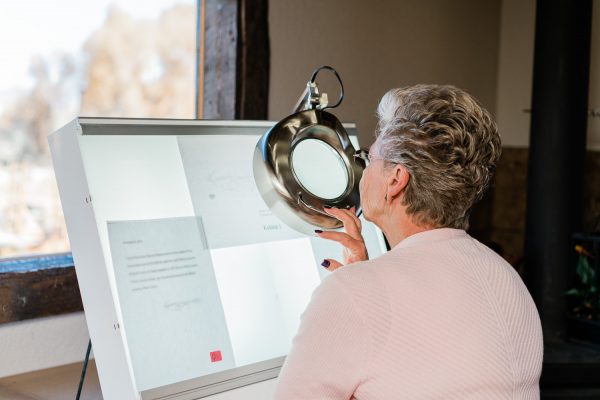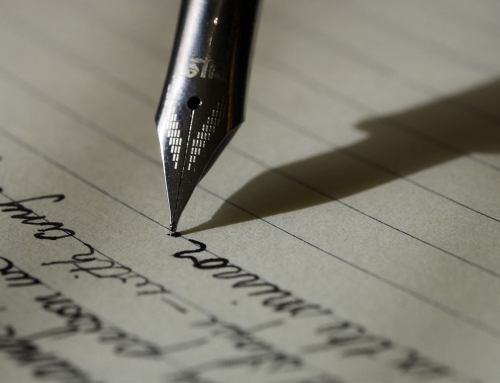How can you spot document forgery? There are many different types of document forgery and many different ways to spot forgery in documents and signatures. I use a variety of tools and methods to spot forgeries. Forgeries can be found in handwriting, signatures, and digital manipulations.
Types of Forgery
Simple Forgery: Simple forgery is just as it sounds. It is very basic and is done with very little effort. Someone will write something or sign a document with no attempt to follow a known sample of the handwriting or signature. The person will then try to pass off the handwriting or the signature as the original copy of someone else’s original document.
Free Hand Simulation: Forgery that is a free hand simulation is just a little more advanced than a simple forgery. When a person attempts free hand simulation, they have a sample of the handwriting or signature to look at. A forger will then try to recreate the shapes and styling of handwriting and signatures.
Tracing: When a signature is copied by using tracing methods, a person will attempt to reproduce the most obvious or prominent features of a signature or handwritten text. Many times traced signatures and writing can be matched exactly to the original signature or text. By using various methods such as light tables I can compare text and find evidence of document forgery by tracing.
Electronic Manipulation: In the digital age we live in, document forgery through electronic manipulation is becoming more common. People will use programs such as Photoshop to copy and alter the text in digital documents and with digitally scanned documents. With electronic manipulation, the possibilities are endless for document forgery.
Comparing documents and signatures with a magnifying glass on a light table
Signs of Forgery
Slow and methodical strokes are one of the most common signs of forgery. When people are writing in their own style with their own handwriting, the writing is done fast. You make mistakes when writing and don’t always correct them. When a person is copying a style of writing or a signature, they usually do so in a slow and methodical way, trying to get everything just right. Writing in this way create very even strokes with little to no mistakes seen in the way they write.
No variation in pen pressure is also one of the most common signs of forgery in a document. When you write, you write quickly. Because you are writing quickly with little thought to it, pen pressure will vary. You will notice hard and thick lines as well as light and thin lines in your text as you write. If someone tries to copy your writing or signature, they will form the characters more carefully, creating even lines with no variation in pen pressure.
An unnatural tremor can be an indicator of document forgery. Tremors can happen because someone was nervous when they were writing. When I compare original handwriting to forged handwriting, you can spot a difference when there is an unnatural tremor caused by stress, fear, a medical condition, or other factors.
Substituted pages are forgeries found in multi-page documents. A forger may take a page out and try to change text or signatures on the page and then replace the whole page in the document. Substituted pages can be revealed by looking at certain characteristics of the pages throughout the document. I can compare features such as paper thickness and the type of paper used.
Do you think you have a document that shows signs of forgery? Contact me and we can talk more about it. I offer signature analysis, handwriting analysis, expert testimony in court, and other document examination services.






